Natural Phenomena In The Sky
Nature WorldWide January 2, 2024 0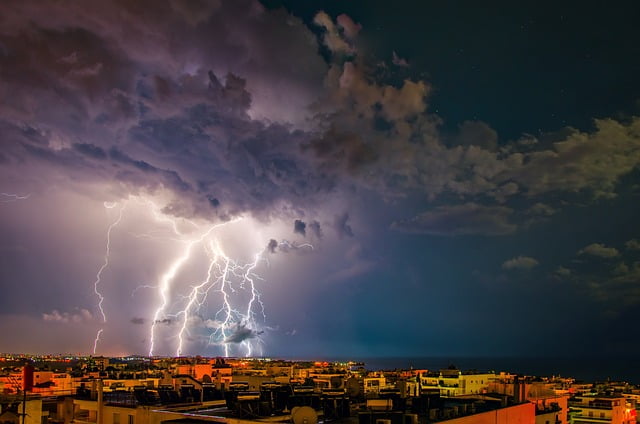
The sky is a captivating canvas that displays many natural phenomena. From breathtaking sunrises and sunsets to awe-inspiring celestial phenomena, many phenomena catch our attention and pique our curiosity. Let us today discuss a wide range of Natural Phenomena In The Sky, their characteristics, causes, and significance.
Sunrise And Sunset
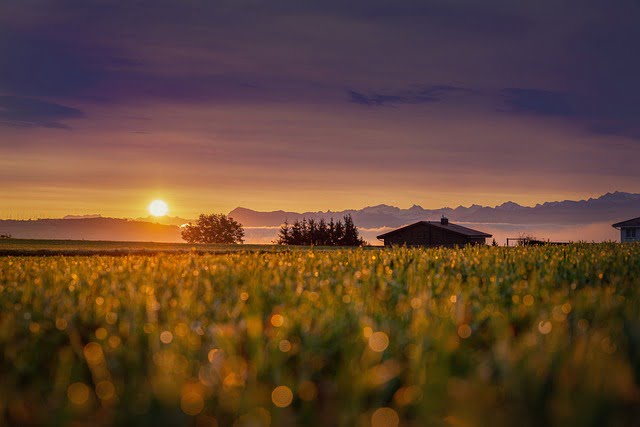
One of the most important and daily celestial phenomena is sunrise and sunset. These events mark the beginning and end of the day when the Sun appears to rise or set below the horizon. Different colors, including shades of red, orange, pink, and purple, are the result of atmospheric scattering, as sunlight interacts with particles and molecules in the Earth’s atmosphere.
Read More: Top 10 Best Places in the World to See Underwater Life
Rainbow

A rainbow materializes as a rounded spectrum of vibrant hues, resulting from the refraction, reflection, and scattering of sunlight by airborne water droplets. The primary rainbow consists of seven different colors: red, orange, yellow, green, blue, indigo, and violet. There can be double rainbows, extraterrestrial rainbows, and even spherical rainbows.
Cloud Formation
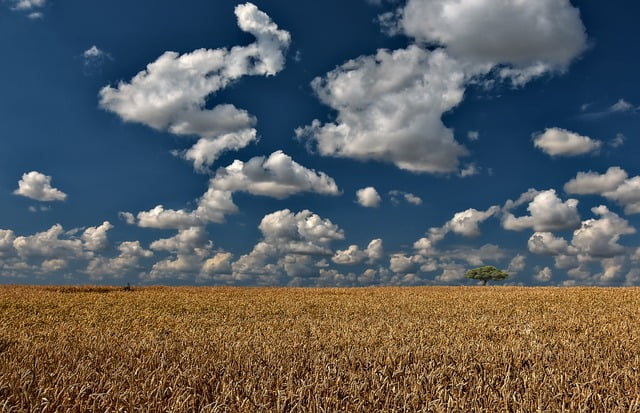
Clouds are a common and fascinating celestial phenomenon. They form when warm, moist air rises and cools, causing the water vapor within it to condense into tiny water droplets or ice crystals. Different types of clouds in the sky have unique characteristics and appearances, adding texture and drama to the sky.
Read More: 10 Natural Wonders Of The World
Aurora Borealis And Aurora Australis
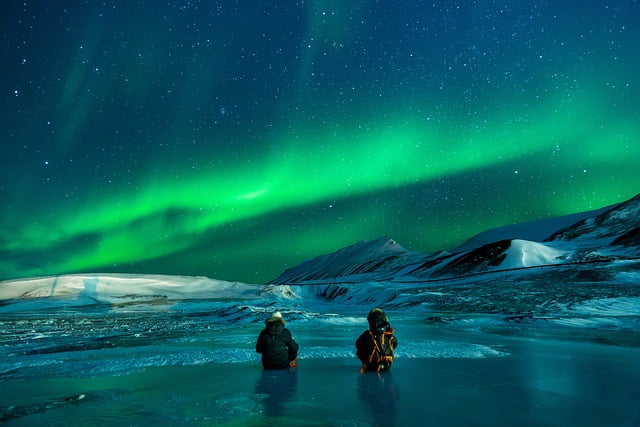
Also known as the Northern Lights and Southern Lights, auroras are mesmerizing displays of light that occur in the polar regions. They are caused by the interaction of charged particles from the Sun with Earth’s magnetosphere. The particles collide with atoms and molecules in the atmosphere, releasing energy in the form of colored light, including shades of green, red, violet, and blue.
Lightning And Thunder Storm
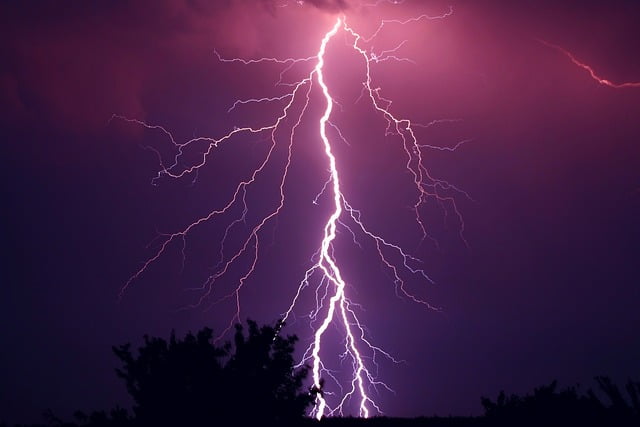
A thunderstorm is an intense and spectacular phenomenon of lightning that occurs during a storm. The phenomenon occurs due to the generation and release of electrical energy between charged areas in the atmosphere. Lightning bolts manifest as visible streaks of light, and the accompanying thunder is the audible result of the swift expansion and contraction of air surrounding the lightning bolt.
Read More: Unbelievable Natural Phenomena: A Glimpse into the World’s Wonders
Solar and lunar eclipse
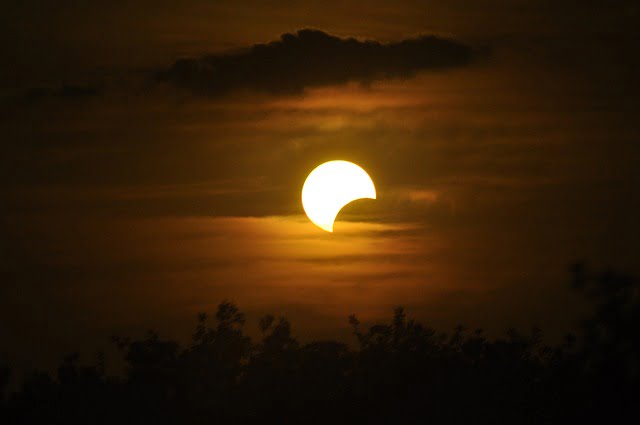
Eclipses are astronomical events that occur when the Sun, Earth, and Moon align in specific ways. A solar eclipse occurs when the Moon comes between the Sun and Earth, temporarily blocking sunlight. A lunar eclipse occurs when the Earth comes between the Sun and the Moon, causing the Moon to be partially or completely covered by the Earth’s shadow.
Comet
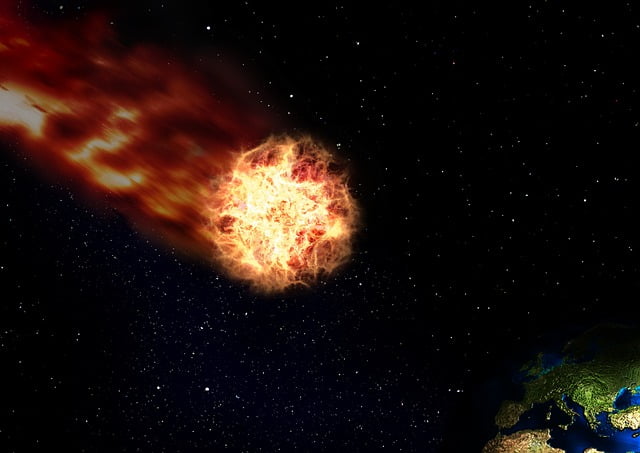
Comets are cosmic objects made of ice, dust, and rock that orbit the Sun. When a comet approaches the inner Solar System, the Sun’s heat causes the icy nucleus to evaporate, creating a luminous coma (a cloud of gas and dust) and often a tail that points away from the Sun. Is. Comets sometimes appear in the night sky, attracting observers with their celestial wanderings.
Read More: 12 Best Natural Wonders in Alaska
Meteor Showers
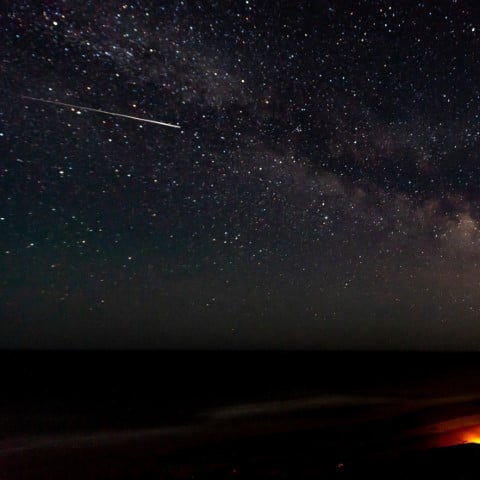
Meteor showers occur when Earth passes through a trail of debris left by a comet or asteroid. As debris enters Earth’s atmosphere, it vaporizes due to friction, creating streaks of light called meteors or shooting stars. Meteor showers are events that stargazers can anticipate and eagerly await, relishing the celestial spectacle of these radiant fireworks in the night sky.
Conjunction Of Planets
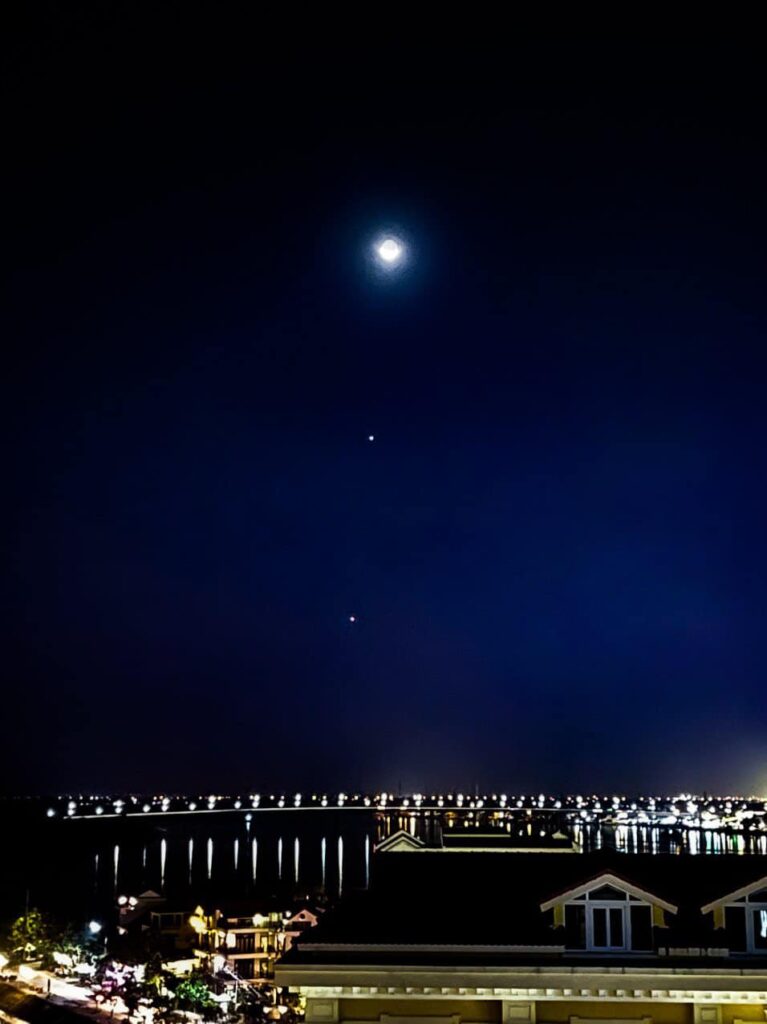
A planetary conjunction occurs when two or more planets appear close to each other in the sky. Although the planets are millions of miles apart, their alignment from our perspective makes for a surprising and rare phenomenon. Planetary conjunctions are often observed without the aid of telescopes, yet using such optical instruments increases our ability to appreciate the exquisite beauty and precision of our solar system.
Read More: Top 12 Natural Places to Visit in Thailand
Noctilucent Clouds
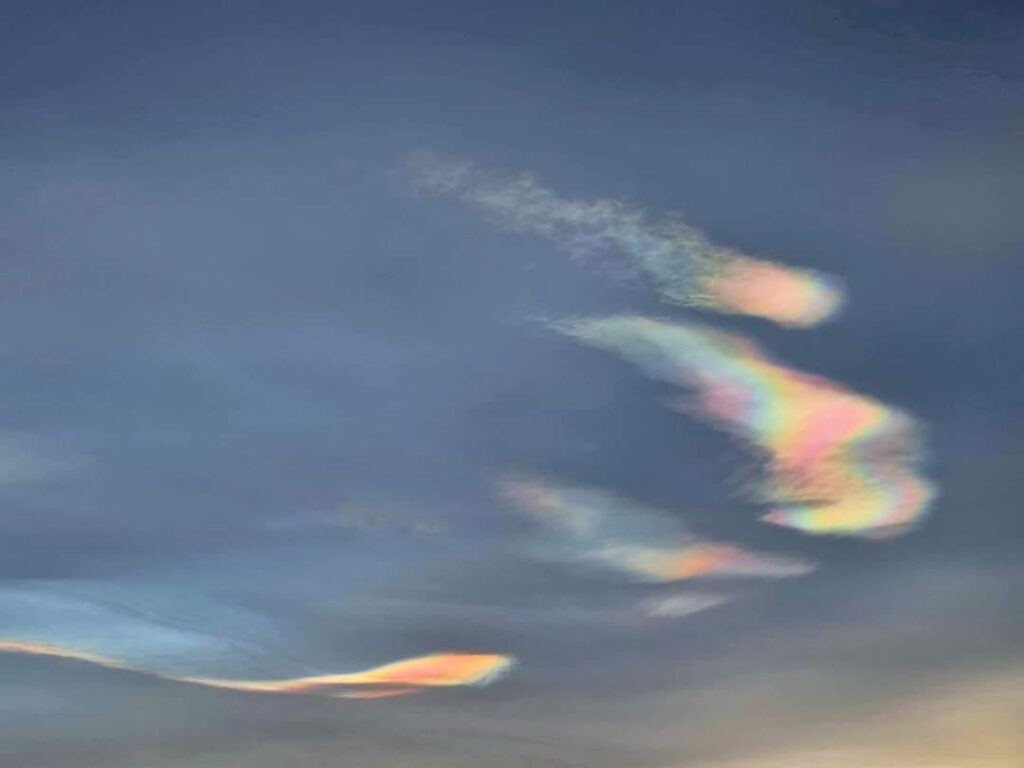
Noctilucent clouds are ethereal, high-altitude clouds that form in the Earth’s mesosphere. They are made of ice crystals and are visible at twilight when the sun is below the horizon. Night clouds have a distinct blue or silvery appearance and provide a stunning sight for those lucky enough to see them.
Snowfall
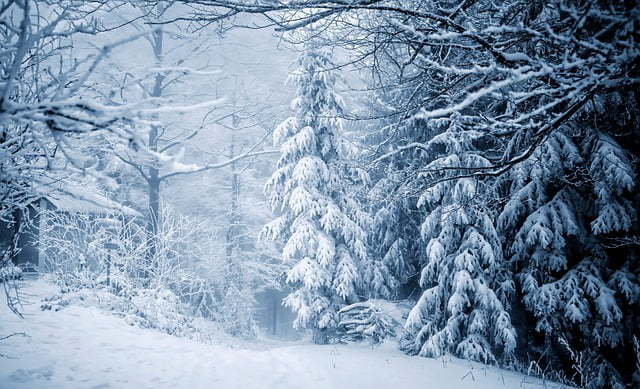
Snow refers to the meteorological phenomenon of ice cubes falling from the sky and depositing on the ground. This occurs when atmospheric conditions, such as temperature and moisture content, are suitable for the formation of ice crystals within clouds. When these ice crystals grow large and become heavy enough, they fall to the ground in the form of snow.
Read More: Best Natural Places to Travel in Russia
Hailstorm
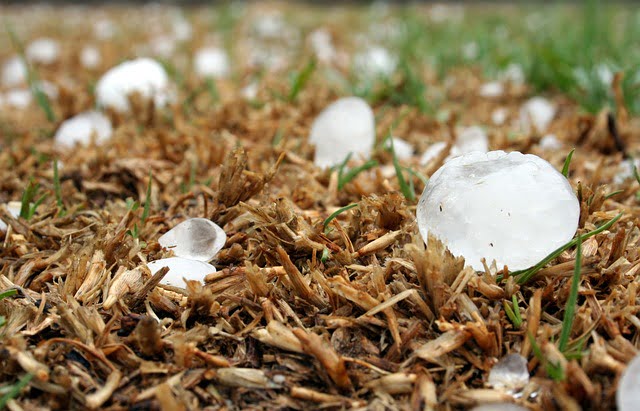
Hail is a weather phenomenon characterized by hail falling from the sky. Hail are solid balls or irregularly shaped pieces of ice that form during thunderstorms when strong updrafts carry raindrops upward into extremely cold areas of the atmosphere, causing them to freeze.
Read More: India’s Top 11 Natural Wonders
Rainfall

Rain is a form of precipitation that occurs when water droplets in the atmosphere become heavy enough to fall to the ground. It is an important part of Earth’s water cycle, which involves the constant movement of water between the atmosphere, land, and oceans. Precipitation usually results from the condensation and subsequent coalescence of water vapor in the atmosphere.




